The service electronic throttle control warning indicates a problem with the throttle system, which manages engine air intake. This could be due to sensor issues, electrical problems, or a need for recalibration. It’s important to address this promptly as it can affect your car’s performance and fuel efficiency.
A professional diagnostic is recommended to pinpoint the exact issue and to ensure safe and optimal driving conditions. For instance, if you notice your Buick check engine light is on, it could be signaling an issue with the ETC.
Necessity & Benefits Of Electronic Throttle Control
| What It Does | Why It’s Good | When It’s Handy | Saves Gas? | Real-Life Example |
| Quick to React ⚡️ | Makes your car go fast as soon as you hit the pedal. | When you need to speed up quickly, like getting on the freeway. | Not really, but it’s not wasteful either. | Zooming onto the highway without delay. |
| Makes Car Stronger 🏎️ | Gives your car the right amount of power when you need it. | When you’re driving in a way that’s fun or when you need to be careful, like in rain. | Nope, but it makes sure your car isn’t using more gas than it needs. | Switching to a sporty driving mode for fun. |
| Keeps Car Steady 🛣️ | Helps your car stay stable and not slip around turns. | On curvy roads where you need good control. | Doesn’t affect gas. | Taking a sharp turn without the car feeling wobbly. |
| Saves Fuel 💧 | Stops you from using too much gas by keeping your speed steady. | On long trips where you’re driving at one speed a lot. | Yes, it’s all about saving gas. | Driving a long way without having to keep pressing the gas pedal. |
| Less Work for You 🛳️ | You don’t have to keep changing how much you press the gas pedal. | In heavy traffic where you start and stop a lot. | Not directly, but it helps. | Not having to gas and brake all the time in traffic. |
| Good for Nature 🌱 | Uses less gas to help the planet. | In the city, where you stop and start a lot. | Yes, it’s better for saving gas and the air. | Turning on Eco mode to use less gas on city streets. |
1. Improved Responsiveness
- ETC provides a quicker response to driver inputs compared to mechanical systems.
- It eliminates the delay inherent in mechanical linkages due to the instant electronic signal transmission.
- The system can adjust the throttle position faster than a human can, leading to a more immediate acceleration.
2. Enhanced Vehicle Performance And Engine Response
- By precisely controlling the throttle valve, ETC ensures optimal engine performance.
- It allows for fine-tuning of throttle responses, which can be tailored to different driving modes (e.g., sport, economy).
- The system can also adapt to the engine’s needs in real time, optimizing performance based on various factors like engine load, temperature, and speed.
Benefits During Specific Driving Conditions
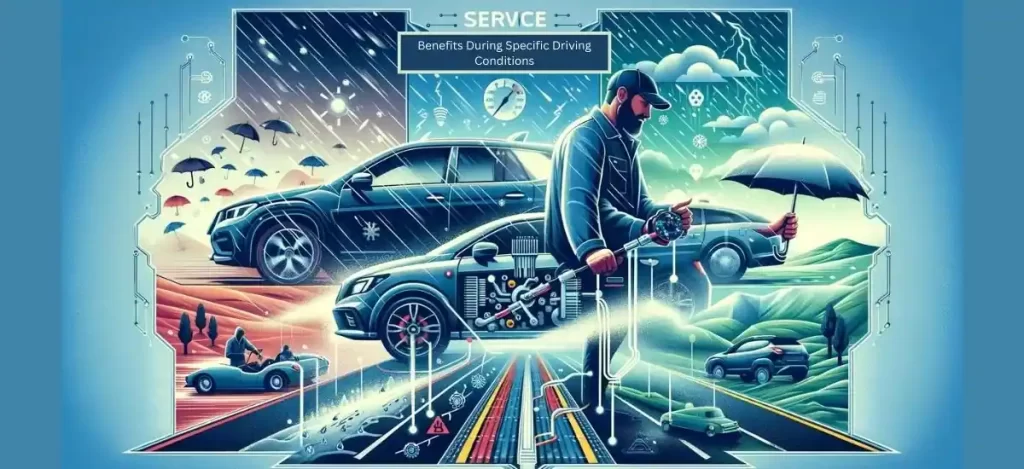
- Cornering: ETC can modulate power delivery during cornering, improving grip and stability.
- Highway Merging: It provides the necessary power for quick acceleration when merging onto highways, enhancing safety and driver confidence. This is particularly important when you encounter ACC FCW limited functionality alerts, as it ensures you still have control over the vehicle’s acceleration.
- The system can prevent over or under-throttling, which is crucial during maneuvers that require precision.
- Improved Fuel Efficiency
- ETC can maintain optimal engine efficiency by adjusting the throttle position to match the power demand, reducing fuel consumption.
- It reduces the need for the driver to constantly adjust the throttle, leading to a smoother and more fuel-efficient driving style.
- Reducing Driver Throttle Input
- The system’s ability to automatically control throttle inputs reduces driver workload.
- In cruise control, ETC can maintain vehicle speed without driver input, which is not only convenient but also aids in maintaining consistent fuel usage.
- Examples of Fuel Savings Contributions
- Cruise Control: By maintaining a constant speed, ETC helps in reducing fuel consumption compared to varying speeds.
- Traffic Conditions: In stop-and-go traffic, ETC can minimize fuel waste by controlling the engine’s idle speed more effectively than a human driver.
- Eco Modes: Many vehicles come with an eco mode that uses ETC to limit power delivery for increased fuel economy.
Symptoms Of A Malfunctioning Electronic Throttle Control
- Reduced Engine Power: It’s like your car’s suddenly not as strong as it used to be. When you press the gas pedal, your car feels sluggish and doesn’t pick up speed like it should.
- Poor Fuel Economy: You’re visiting the gas station more often. Your car is guzzling more fuel than usual because the throttle isn’t managing the fuel flow into your engine efficiently.
- Engine Stalling: This is when your car just decides to take a nap at the worst times. You might be at a stoplight or in the middle of driving, and your engine just shuts off.
- Unexpected Acceleration or Deceleration: Your car might get a mind of its own, speeding up or slowing down when you didn’t tell it to. It’s like your car’s playing tricks on you, and it can be pretty scary.
- Rough Idling: When your car is stopped, it should be pretty smooth and steady. But with a bad throttle control, it might shake, make weird noises, or feel like it’s about to stall even when you’re just sitting there.
If you’re experiencing any of these issues, it may trigger the Ford Engine Fault Service Now light, indicating that a service check on your vehicle is due promptly.
Resetting the electronic throttle control (ETC) light on your car’s dashboard might sound like a job for a professional, but there are a couple of things you can try yourself before heading to the mechanic. Here’s a step-by-step guide:
Steps For Resetting The ETC Light:
1. Turn Off The Engine:
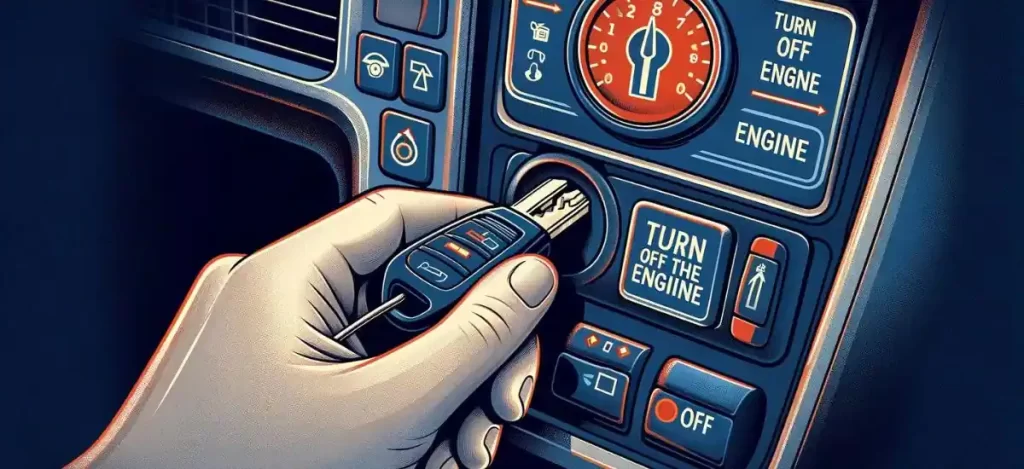
Start with the basics. Turn off your car completely and give it a moment. This lets the system reset naturally, which sometimes is all it needs.
2. Wait It Out:
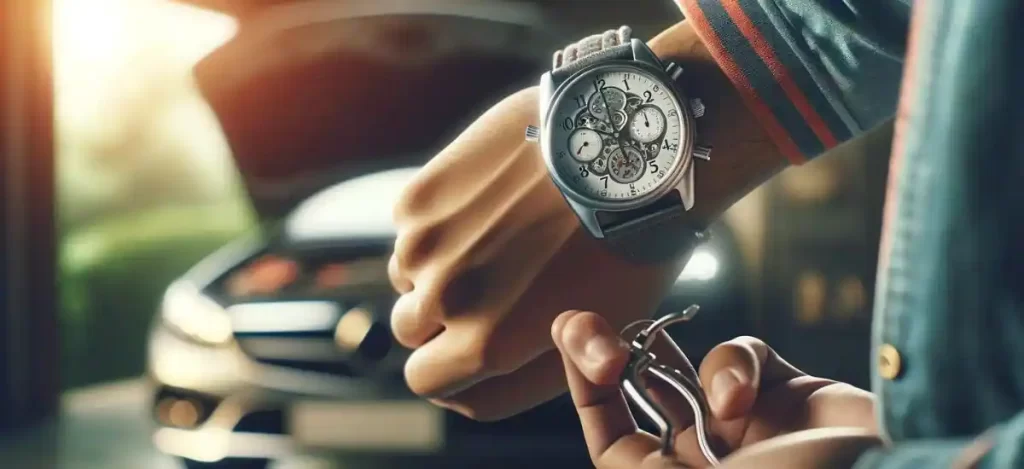
Give it a minute or two. Just like rebooting your computer, sometimes the car’s system just needs a moment to sort itself out.
3. Check For Loose Connections:
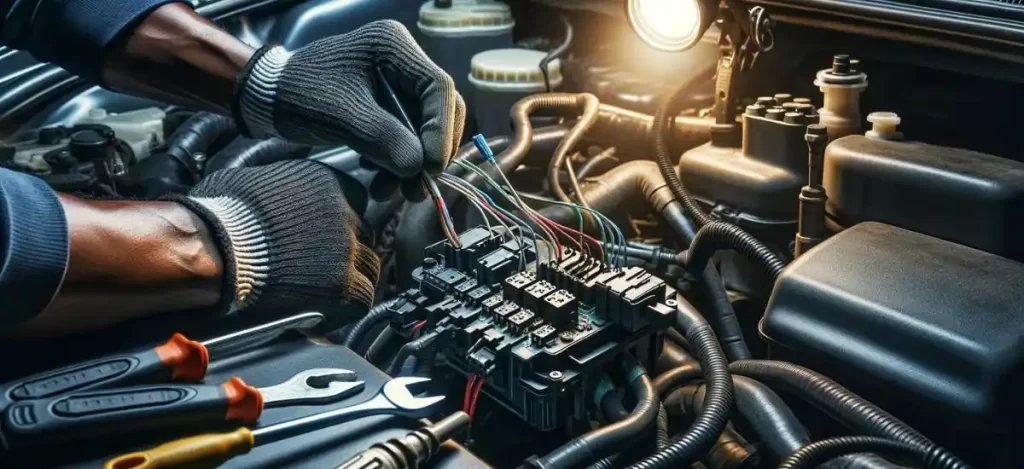
Pop the hood and look for any obvious loose wires or connectors, especially around the air intake and throttle body. If you’re not sure what you’re looking for, your car’s manual might have a diagram.
4. Disconnect The Battery:
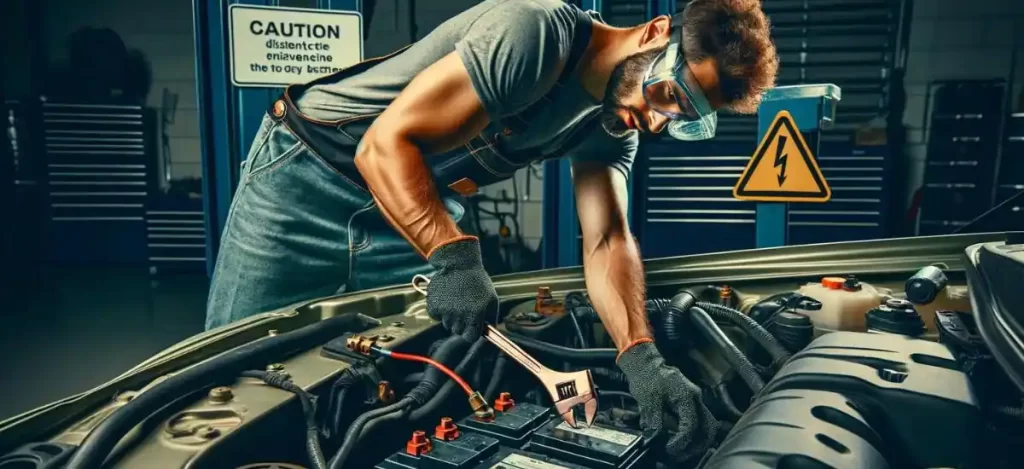
If a visual check doesn’t show any issues, you can try disconnecting the car battery. This can reset the car’s computer system and potentially your ETC light. Remove the negative cable (it’s usually black) and wait for about 15 minutes before reconnecting it.
5. Turn The Key To “On”:
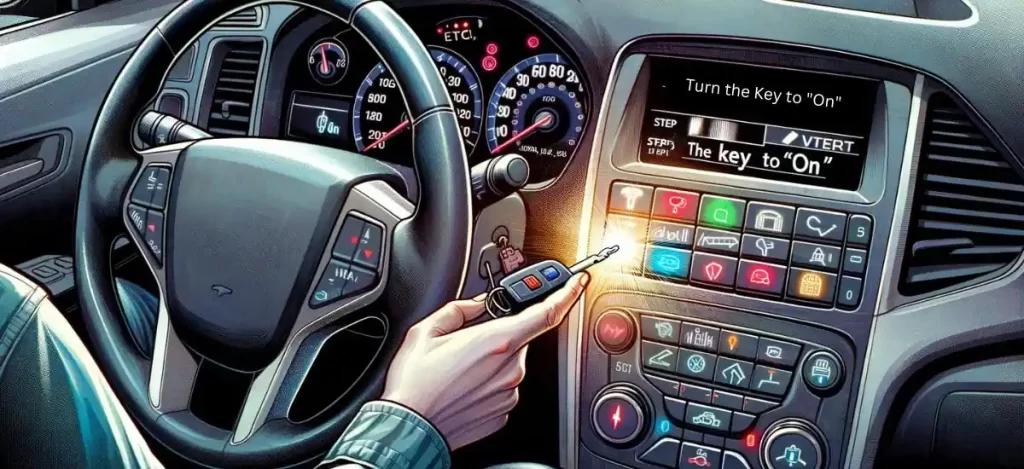
Before starting the engine, turn the key to the “On” position, but don’t start the car. Wait for 3 to 5 seconds. This can help the system recalibrate.
6. Start The Engine:
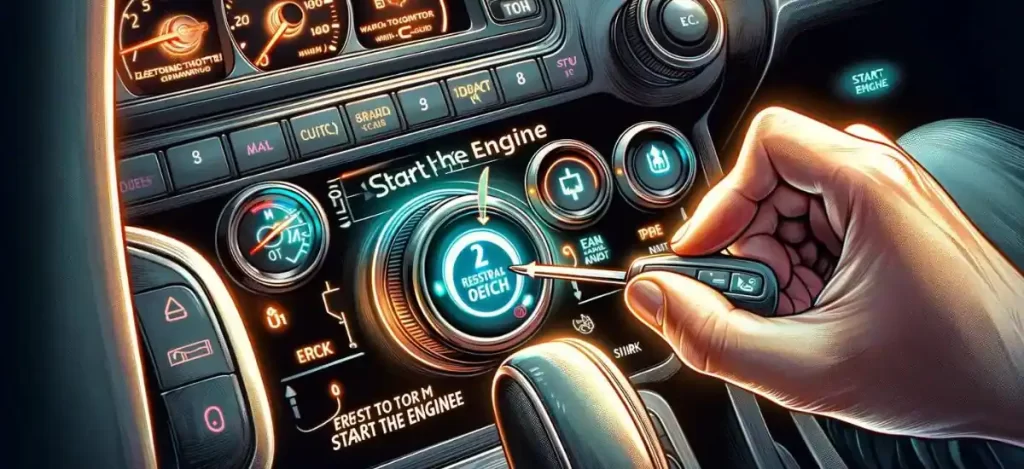
Now, start your car. Watch the dashboard to see if the ETC light has turned off. Sometimes, it might take a few minutes to run the engine.
7. Drive Test:
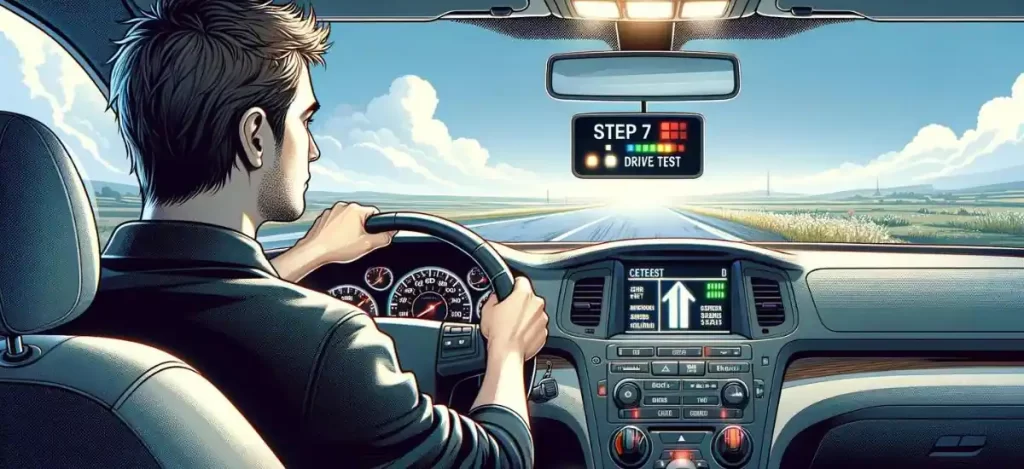
Take your car for a short drive. This helps the computer to recalibrate the throttle system. Keep it gentle; no need for speed here.
When To Consult A Mechanic:
- If the Light Comes Back: If the ETC light turns off but then comes back on after a while, there’s likely a deeper issue that needs a professional’s touch.
- If the Light Never Goes Off: If the light stays on after you’ve tried resetting it, it’s time to call in the pros.
- Performance Issues Persist: If your car is still showing any of the symptoms we talked about earlier, like stalling or weird acceleration, even after the light is off, get it checked out.
- You’re Not Comfortable: If at any point you’re not comfortable doing these steps, or if you’re unsure about what you’re looking at under the hood, it’s better to be safe and get a mechanic to take a look.
Frequently Asked Questions
Q1: Can driving with a faulty ETC system damage my car?
A: Driving with a malfunctioning ETC can lead to further issues. It’s not just about the inconvenience or the potential safety risks; it can also put additional strain on the engine and other components. It’s best to get it checked and fixed as soon as possible.
Q2: How do I know if my car has an ETC system?
A: Most modern cars (typically those made after the early 2000s) have an ETC system. You can check your vehicle’s manual under the engine specifications section, or look for a warning light on your dashboard that’s shaped like a lightning bolt or says “ETC.”
Q3: Is it expensive to repair or replace the ETC system?
A: The cost can vary widely depending on the make and model of your car and the exact issue. A simple reset or sensor replacement might be relatively inexpensive while replacing the entire throttle body can be more costly. It’s best to get a quote from a mechanic after a proper diagnosis.

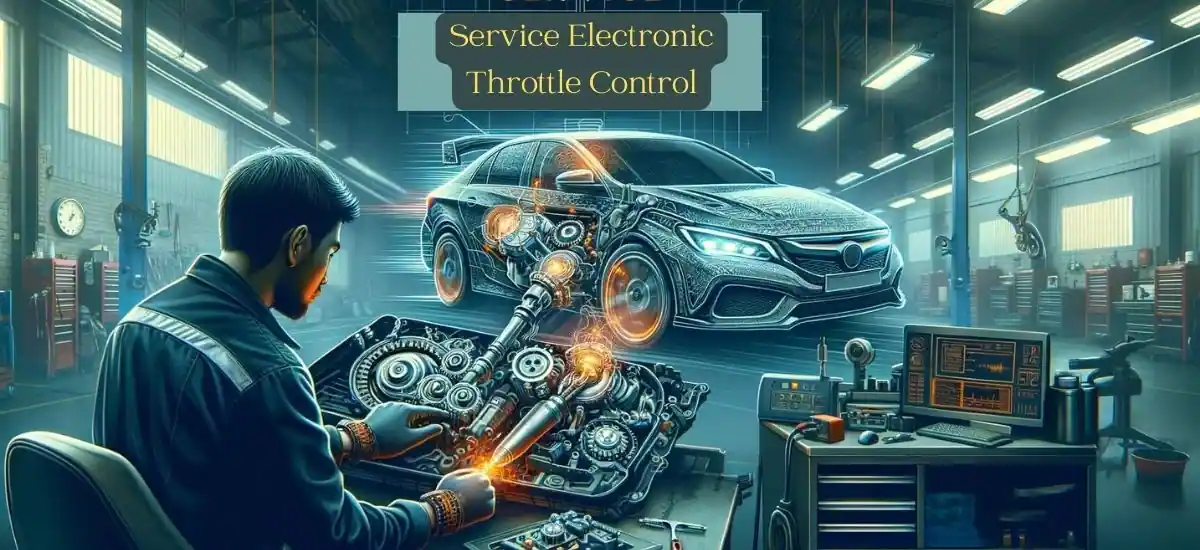
foya39